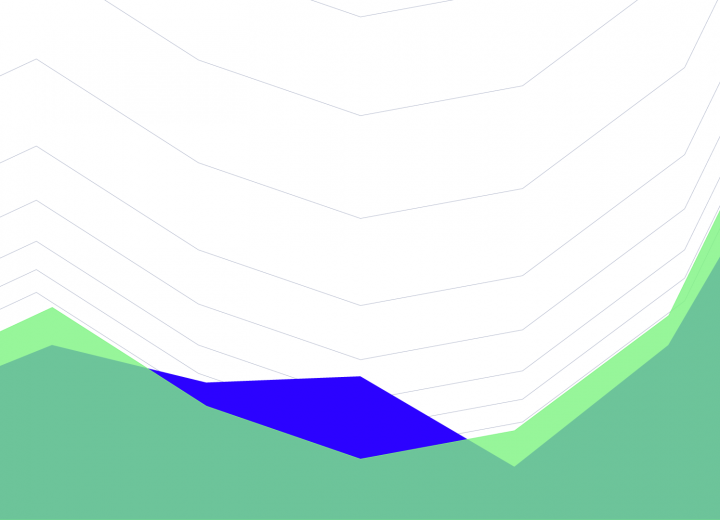
Demand Forecasting
Operating supply chains that are optimally tailored to its customers is important for every retail company. Demand forecasting, guaranteed by the intelligent use of data, is therefore one of the elementary tools of successful retail.
Demand forecasting, which is ensured through intelligent use of data, is therefore one of the keys to successful trading.
Sales forecasting systems are linked to every area of retail, from marketing to warehousing and inventory systems, right through to category management and personnel management.
We provide our customers with custom-tailored sales forecasting solutions which can be integrated into existing systems and which take into account key performance indicators (KPIs). Our customers also receive manual intervention options and comprehensive monitoring tools to enable them to keep an eye on the models and their predictions.
Make quantified forecasts
Cost optimisation is one of the biggest challenges in retail – especially when new factors in inventory planning, such as online offerings, are added. Inaccurate demand forecasting often has a direct impact on profitability. In the best case, the only issue is unnecessarily high storage costs; in the worst case, goods can spoil and there are write-offs (excess stock), or there is too little stock available of a product and margins are reduced (stock shortage).
Statistical methods based solely on historical data can only partially meet the high demands of sales forecasting. Modern machine-learning techniques, such as deep learning (a discipline which is part of the artificial intelligence field) allow the inclusion of a wide range of influencing factors.
By their very nature, forecasts will always involve a degree of uncertainty. We can, however, help to quantify that uncertainty (uncertainty quantification) and thus manage the risks. This enables service levels to be managed and fulfilled.
Technical scalability
Our forecasting models are implemented in such a way that they can be flexibly adapted to changing business environments and can grow with the company. They can take into account both the addition of new products and expansion into new markets. The system can be scaled linearly while remaining manageable.
When creating big data architectures, we support two key technology approaches:
- A distributed framework based on (for example) Apache Spark
- A microservices-orientated approach based on Kubernetes
Both solutions can be implemented either on-premises or in the cloud.
Including planning for more accurate forecasts
Forecasting systems are usually based on a single set of data that enables conclusions to be drawn about customers’ future purchasing behaviour. Entrepreneurial planning using methods such as special promotions, flyers, and similar measures, can, however, change this purchasing behaviour. We integrate standard campaign predictions into our models instead of calculating them separately.
Our approach means that we can include multiple factors in our sales forecasts. These include:
- Price changes
- Specific sales events
- Seasons and holidays
- Weather
All these factors can be viewed historically using appropriate data analysis and taken into account in future sales forecasts.
Our many years of experience mean that we are able to implement and integrate production-ready models capable of more accurate predictions for our customers.
Get in touch!




